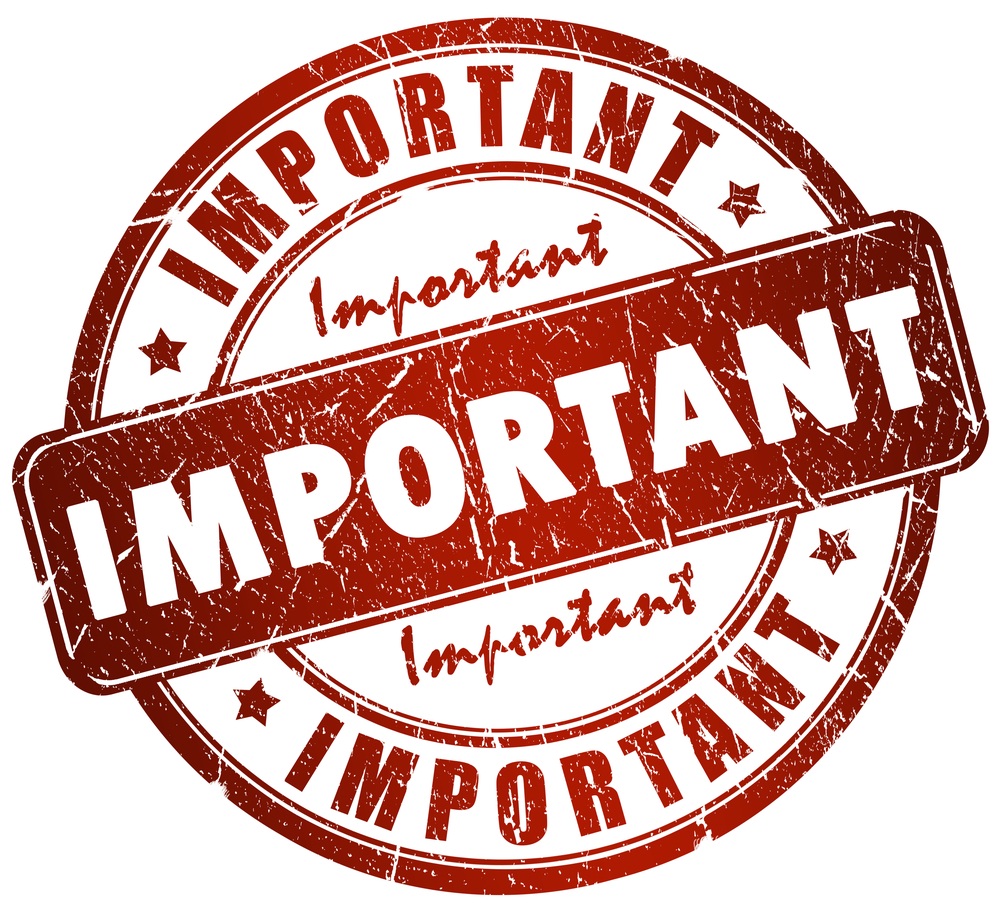 Continuing in my efforts to chronicle myths of kanban utilization, I thought I would tackle the second biggest misconception I see surrounding kanban boards. As I discussed in my previous post, many people mistake kanban to be a process for task management, when in reality, it’s a visualization of some other process. The key takeaway is that you should spend some time making your board match your process; a kanban board should emulate your workflow, not the other way around.
Continuing in my efforts to chronicle myths of kanban utilization, I thought I would tackle the second biggest misconception I see surrounding kanban boards. As I discussed in my previous post, many people mistake kanban to be a process for task management, when in reality, it’s a visualization of some other process. The key takeaway is that you should spend some time making your board match your process; a kanban board should emulate your workflow, not the other way around.
So you’ve invested the time, and you now have a complex board that accurately reflects how you do work. You’re humming along, getting things done. Life is good, right?
Almost. If you’re just using a kanban board to visualize a process, there’s a temptation to accept the following:
Myth 2: Kanban is a visualization tool primarily focused on (important) task management.
This is partially true; in industrial kanban, workers may use a kanban board to keep track of individual issues as they move throughout the workflow. Managers, however, should primarily use the tool to look for opportunities to continuously improve their processes. Once your kanban board matches your process, it becomes easy to understand where bottlenecks occur (both resource allocation and/or unnecessary processes). Tuning workflow is a critical part of kanban utilization.
For personal kanban, however, managing resource allocation becomes a bit of challenge; how do you manage yourself? You’re already too busy working through your pile of stuff. Unless you can recruit other friends or family members (the Tom Sawyer approach), it’s unlikely you’ll be able to adjust resource allocation. You can, however, begin to look for opportunities to tune processes. How?

This is where the conversation has to drift away from kanban a bit; as a tool, a board allows you to visualize workflow and primarily focus on improvement, but in and of itself the measure of improvement isn’t part of the board. In other words, you can see how things work, but there’s no built in visualization for determining if something has room to improve. You have to decide what that method of improvement will be. To improve your processes, you must define the metrics for improvements. Those metrics are known more commonly as goals.
Goals are a critical component of a successful kanban implementation. For example, if you have a personal goal of “I want to lose 50 pounds in the next year”, that goal should influence your decision on which tasks to pursue (and what the priority of those tasks are). In other words, if your kanban board shows that you’re getting a lot done, but no tasks are associated with the goal of losing weight, you’ve got some room to improve your processes.
So, in summary:
- Spend some time making your board match your processes (at least 30 days).
- Define your goals (metrics for improvements)
- Take some time to tweak your processes to align them with your goals.
Minor incremental adjustments are more likely to be adopted than sudden and swift changes (see my management notes about change curve). Kanban is a long-term tool, but can be highly effective at improving workflow.
